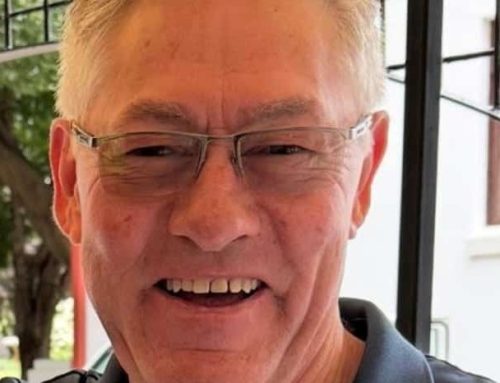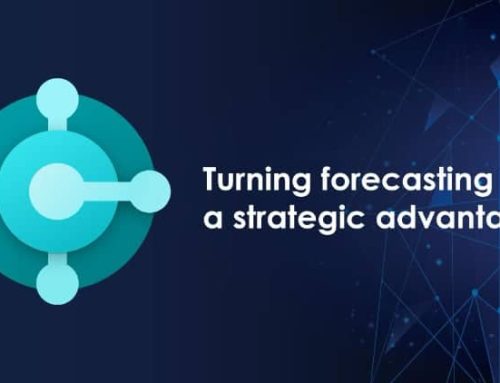Rebuilding our workplace muscles: Why communication needs practice, not just tools
Bernadette Froelich, Chief HR Officer at DAC Systems
It’s been a few years since the height of the pandemic, but many of us are still recalibrating not just how we work, but how we connect. The long stretch of isolation during COVID and the fragmented shift to hybrid work didn’t just change our environments but quietly weakened our social reflexes.
You might have noticed it too. The hesitation before starting a conversation. The missed cues on a video call. The Outlook message that feels a little…off. Or just that subtle sense that we’re not quite getting through to each other the way we used to. In many ways, we’ve had to relearn how to talk to each other at work.
Communication isn’t passive but a skill
There’s a tendency to treat communication like air, something that’s just there. But real, effective communication is more like a muscle: it needs practice, stretching, and regular feedback to stay strong.
We’ve built an impressive toolkit over the past few years — Microsoft Teams, Outlook, Planner, SharePoint, Viva, surveys, dashboards. Yet despite this, communication often feels more scattered than ever.
Technology was meant to make staying in touch easier. But without intention, it can overwhelm or confuse. The wrong tone on the wrong platform or simply the wrong audience can create friction instead of clarity.
Why it feels harder now
Hybrid work has changed our rhythm. Some of us are back in the office. Others are remote. The informal check-ins that used to smooth the edges of our day like hallway chats and spontaneous coffee conversations are harder to replicate.
Digital fatigue has reduced our attention spans and our appetite for lengthy explanations.
We’re juggling multiple platforms, and with that comes a higher risk of messages being lost, misread, or misunderstood.
And for many, confidence has taken a hit. After extended periods of remote work and minimal in-person engagement, speaking up, or even just starting a conversation, can feel harder than it should.
Layer on top of that the growing generational divide, shaped in part by social media. Today, it’s easier than ever to be labelled as being too disconnected, too informal, too rigid, or without boundaries. The result is often misalignment that can’t be bridged with old habits.
What can we do?
First, let’s name it. Communication has become harder for many of us. Acknowledging that out loud creates space for improvement without shame or blame.
Second, we need to move communication up the priority list. We invest significant effort in financial reporting, project planning, and system delivery. Communication deserves the same level of attention and rigour.
And then, we practise:
- Ask better questions.
- Listen without distraction.
- Summarise what you’ve heard.
- Check for understanding.
These are communication muscles. Use them often.
We also need to match the message to the medium. Not every update needs to be an email. Also, who you CC is an important decision rather than an automatic ‘Reply to All’. Not everything can be squeezed into a Teams message. Some conversations need to happen live, with faces and voices. Choose your channels with the same care you choose your words.
As teams, we must also create shared norms. What’s considered urgent? What’s async? What belongs in a dashboard versus a meeting? When do we call, chat, email, or schedule? The more we align, the less we assume.
And most importantly, let’s give each other grace. Everyone is relearning how to communicate in this new world of work. And as the pace of change continues, we’ll need to keep learning if we want to stay relevant.
The bigger picture
At its core, communication is about connection. And connection is what drives collaboration, trust, and culture. It’s the invisible thread that ties high-performing teams together especially when those teams are spread across offices, time zones, or continents.
If your communication feels a bit rusty, you’re not alone. But like any skill, it can be strengthened. It starts with awareness. Then practice. Then courage.
And the good news? Every message, meeting, and even misstep is a chance to improve.
Admit it. Talk about it. Improve on it. That’s how we rebuild and reconnect.












Keep In Touch